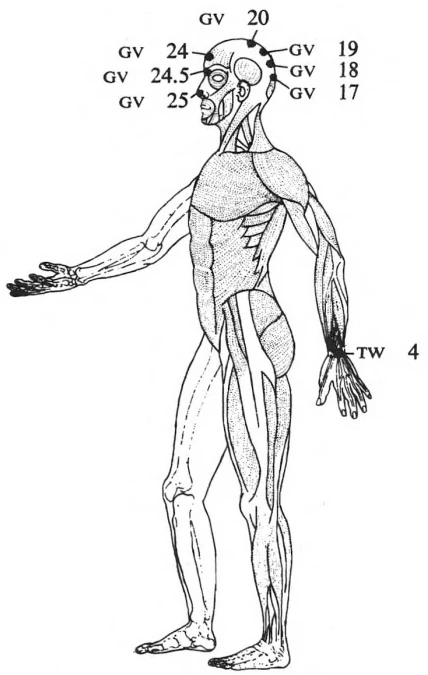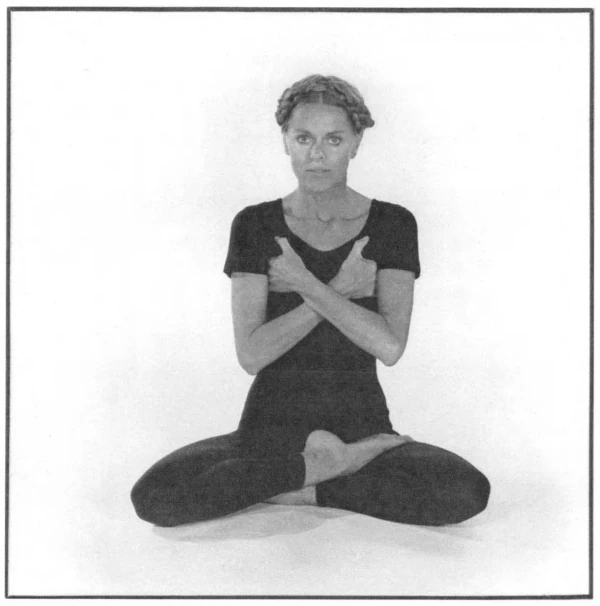In this article, you'll find extensive information about the chakras, such as the meanings of each healing energy center and their physical associations.
For specific Acu-Yoga methods for each chakra, here’s the comprehensive book,
Acu-Yoga. It contains a series of exercises that covers Acu-Yoga exercises for all of the Chakras and goes progressively from the First to the Seventh Chakra.
Each exercise works on a certain chakra by flexing, stimulating, or stretching various areas of the body. Acu-Yoga also uses the power of the breath as a way to promote balance in each of the chakras.
By practicing this series of exercises, you can systematically re-balance the energy in each of these vital centers. You can also prevent the difficulties associated with each chakra – both physical and emotional – with these exercises.
In the Acu-Yoga book, you will also find a detailed chart on various aspects of the chakras. These include Emotional & Psychological Qualities for both Balanced Functioning and Imbalanced Functioning.





 DVD • Download • Rent
DVD • Download • Rent Book Details
Book Details